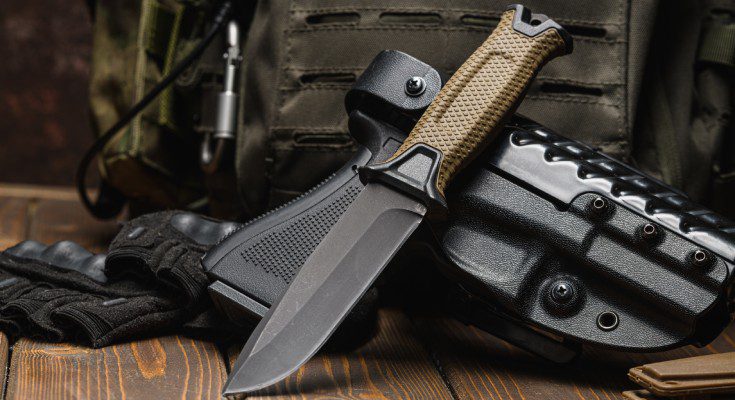Combat knives have a storied past that captivates history buffs, outdoor enthusiasts, and knife collectors alike. These versatile tools have evolved significantly over the centuries and reflect the changes in warfare, materials, and craftsmanship. Below, we’re unearthing the fascinating history of combat knives and diving into their use, functions, and evolution. Gear up and read on!
The Origins of Combat Knives
Combat knives date back to the dawn of human civilization. Ancient warriors used rudimentary blades made of stone and bone for hunting and self-defense. As metallurgy advanced, so did the complexity and effectiveness of combat knives.
Bronze Age warriors wielded sharper, more durable blades, setting the stage for future innovations. The Iron Age saw further improvements, with blacksmiths crafting stronger, more resilient weapons.
Combat Knives in Roman Warfare
The Roman Gladius is a prime example of an early combat knife that left a lasting impact on warfare. Roman soldiers used this short, double-edged sword in close combat, which allowed for quick and lethal strikes.
The Gladius was a weapon and a symbol of Roman military prowess. Its design influenced many future combat knives, particularly in terms of balance and ergonomics.
The Middle Ages and the Emergence of Daggers
During the Middle Ages, daggers became the go-to combat knives for knights and foot soldiers. These blades were often used in conjunction with larger weapons such as swords and axes.
The stiletto, a slender dagger, gained popularity for its ability to penetrate armor gaps. Understanding what makes a good combat knife became crucial information, as the right blade could mean the difference between life and death on the battlefield.
Combat Knives in World War I
World War I marked a significant turning point in the history of combat knives. Trench warfare necessitated the use of reliable, close-quarter weapons.
The Fairbairn-Sykes fighting knife emerged as a preferred choice for British commandos. This double-edged dagger was designed for rapid, lethal strikes and became a symbol of elite military units. The knife’s ergonomic handle and balanced design set new standards for combat knives.
The Iconic K-Bar in World War II
The K-Bar knife is perhaps one of the most iconic World War II combat knives. Issued to US Marines, this knife was celebrated for its durability and versatility.
Soldiers used it for everything from cutting through jungle foliage to hand-to-hand combat. The K-Bar’s robust construction and practical design made it a staple in military gear and greatly influenced the development of future combat knives.
The Making of a Good Combat Knife
To understand what makes a good combat knife, one must consider several key features. High-quality materials such as stainless steel and carbon steel are essential for durability and sharpness.
A well-balanced blade allows for precise control. Ergonomic handles made from materials like G-10 or Micarta ensure a secure grip, even in wet conditions. These elements combine to create a reliable and effective combat knife.
Unearthing the fascinating history of combat knives reveals a testament to human ingenuity and adaptability. From ancient blades to modern marvels, these tools have evolved in response to changing needs and technologies.



